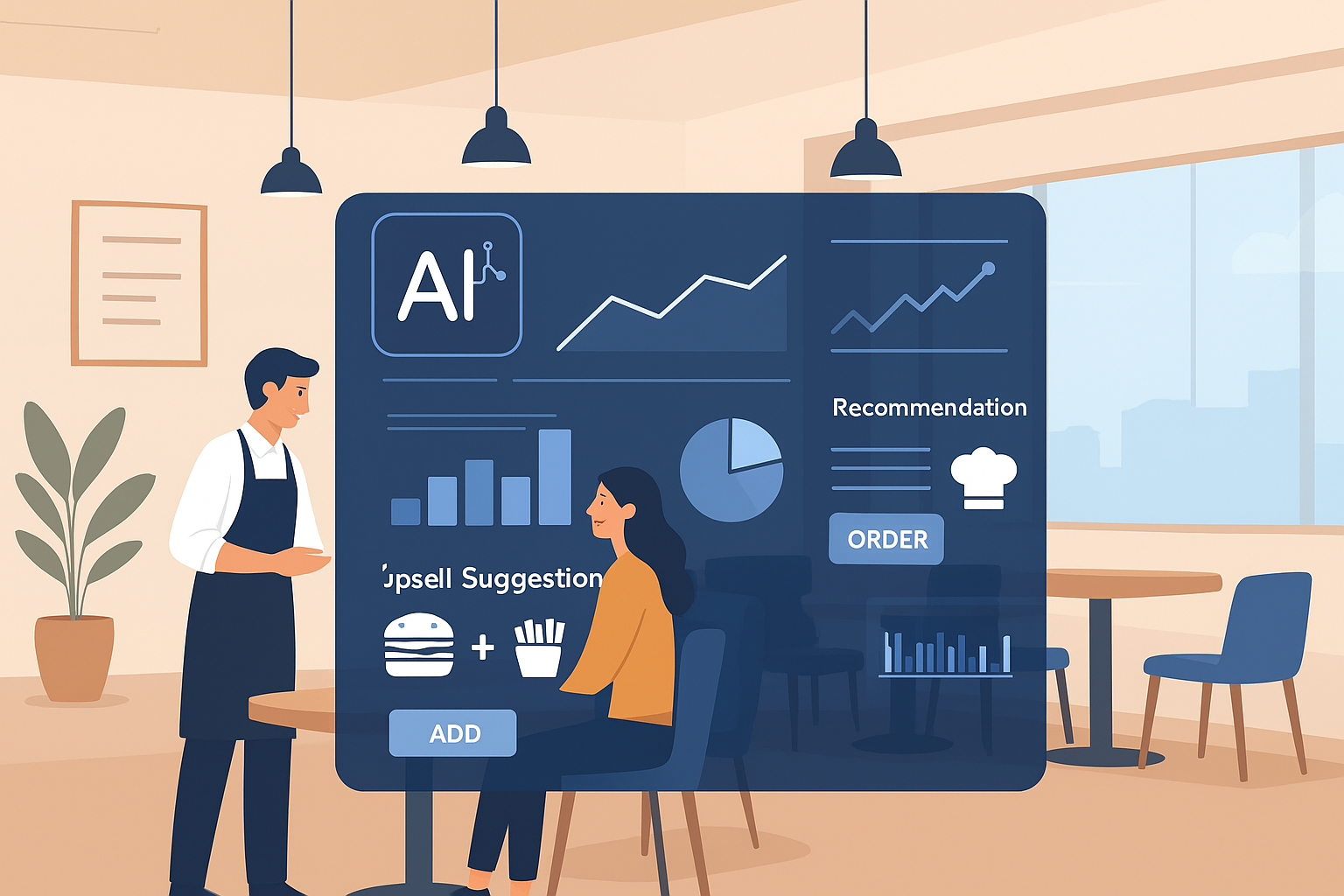6 Key Customer Loyalty Performance Indicators For Restaurants
In Singapore's restaurant industry, diners are spoiled for choice with the many restaurant options available for each type of cuisine. While we may be spoilt for choice, it is incredibly competitive for restaurant owners in Singapore. As such, apart from just serving delicious food, building and maintaining customer loyalty is essential for the long-term success of restaurants
However, before we dive into managing customer loyalty, it is best to know what are the important metrics in restaurant customer loyalty that restaurant owners should take into consideration when running their own programme to boost customer loyalty. In order to effectively measure the impact of loyalty initiatives, restaurant owners must be equipped with the right tools and metrics. In this article, we explore six key customer loyalty performance indicators (KPIs) tailored for restaurants, leveraging membership systems, loyalty management solutions, and CRM platforms to drive success in the competitive market.
Customer Retention Rate:
The customer retention rate measures the percentage of diners who return to your restaurant over a specific period. By tracking customer retention rates, restaurant owners can gauge the effectiveness of their efforts in retaining loyal customers. A high retention rate indicates strong loyalty and satisfaction with the dining experience, while a declining rate may signal the need for improvements or adjustments to the menu, service, ambiance or loyalty / membership programmes.
Average Frequency of Visits:
Understanding how often customers dine at your restaurant within a given timeframe provides valuable insights into their loyalty and engagement levels. By analyzing the average frequency of visits, restaurant owners can identify patterns in customer behavior and tailor their marketing efforts and loyalty programs accordingly. Encouraging repeat visits through targeted promotions, exclusive offers, and personalized incentives can boost customer loyalty and drive revenue growth.
Customer Feedback and Reviews:
Customer feedback and online reviews are valuable sources of information for restaurant owners seeking to measure customer satisfaction and loyalty. Monitoring sentiment analysis and review ratings can help identify areas for improvement and address any issues or concerns raised by diners. Positive reviews and high ratings indicate strong customer loyalty and satisfaction with the dining experience, while negative feedback presents opportunities for enhancement and refinement.
Average Spend per Visit:
Tracking the average amount spent by customers during each dining experience provides insights into their purchasing behavior and preferences. By analyzing the average spend per visit, restaurant owners can evaluate the effectiveness of their menu pricing, upselling strategies, and promotional offers in driving revenue and increasing customer lifetime value. Encouraging upsells, offering value-added menu items, and implementing loyalty rewards for higher spenders can help boost sales and enhance customer loyalty.
Net Promoter Score (NPS):
The Net Promoter Score (NPS) measures customer loyalty and likelihood to recommend your restaurant to others. By asking customers the question, "How likely are you to recommend us to a friend or colleague?" restaurant owners can segment respondents into promoters, passives, and detractors to gauge overall loyalty and advocacy. A high NPS indicates strong customer loyalty and satisfaction with the dining experience, while a low NPS may signal areas for improvement and opportunities for enhancement.
Customer Engagement and Loyalty Program Participation:
Monitoring customer engagement with your restaurant's loyalty program or membership system provides insights into their loyalty and engagement levels. By tracking metrics such as enrollment rates, participation in rewards programs, and redemption of loyalty points or incentives, restaurant owners can assess the effectiveness of their loyalty initiatives in driving customer engagement and retention. Encouraging active participation through personalized offers, exclusive benefits, and tailored rewards can foster stronger relationships with customers and increase loyalty to the restaurant brand.
Minty
Other than looking to value add restaurant owners in Singapore through information sharing articles like these, Minty also provides CRM / membership system / loyalty management solutions that are specially tailors to the needs of both F&B owners and customers. If you are in the market for a loyalty solution for your F&B business, WhatsApp us, or click here send us an enquiry!
Interested in a CRM Based POS System, QR ordering or a standalone CRM membership system?
Send an Enquiry!
You might also like



